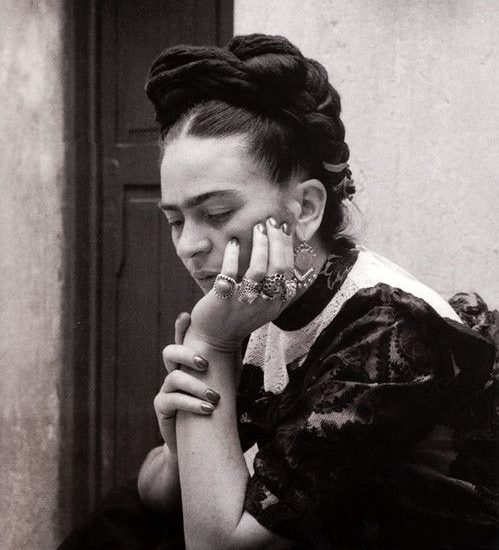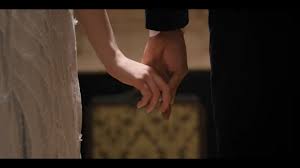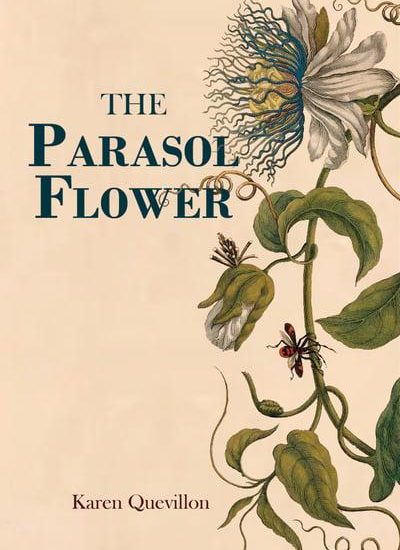Recently, I had the opportunity to hear a lecture by Dr. Alberto Hernandez, assistant professor of modern, contemporary, and feminist art at Portland State University. He spoke about the role women artists played in the development of Mexicanidad, or Mexican identity, including both indigenous and colonial influences. The social movements following the Mexican Revolution of 1910-17 intersected with art when the Minister of Public Education, Jose Vasconcelos, established the Syndicate of Technical Workers, Painters, and Sculptors. These artist/workers formed a Mexican avant-garde that repudiated traditional easel art in favor… Read More
Posts in Miscellaneous
Shake up Your Story with Art!
I feel lucky as an historical fiction writer to have found my niche writing biographical fiction about women artists. Aside from the pleasure of studying an artist’s creations, her work can also solve many writing challenges. Not everyone intends to write a book about a woman artist, but—whether your preferred sub-genre is mystery, romance, paranormal, or something else entirely—you can use art as a tool to enhance your writing. Amy Maroney and I will show you how in our Cozy Chat, Shake up Your Story with Art! Want to… Read More
Review: The Parasol Flower by Karen Quevillon
It’s a trope that’s no longer uncommon: a modern-day academic reaches back into the shadows of history to bring a forgotten woman artist into the light. The Miramonde series, by Amy Maroney, and Possession, by A.S. Byatt, come to mind. In this particular tale, Nancy, a graduate student who has reached a dead end with her PhD. research, comes across odd botanical art by an English artist at the turn of the century. These captivating, sensual drawings, a Strangler Fig vine and Kapok tree, strike her as botanical portraits. She… Read More
Gothic Romance, from Jane Eyre to Rebecca
A Gothic novel is one that incorporates medievalism and terror—omens, nightmares the supernatural. Charlotte Brontë debuted the first Gothic Romance novel, Jane Eyre, which set the elements for that sub-genre: (1) An innocent young woman, orphaned and alone. A mysterious hero. He is always older, wealthier, and more powerful than the woman. Some form of “magic” that brings them together. It’s love at first sight. A ruined manor. Here’s where the medieval element comes in. The gloomy, hulking estate… Read More
They Are What They Eat
In La Luministe, I use Berthe Morisot’s eating habits as a way to develop her character. Berthe had a complicated relationship with food. Today we would say that she was borderline anorexic, but in the 19th century there wasn’t a term for this. She would have been thought of as having a delicate constitution. Eating very little was also considered feminine. *Shiver* In any case, Berthe’s response to events often affected her eating. An episode from her childhood leaves her equating eating with powerlessness. When Berthe’s governess is alarmed by how little… Read More




